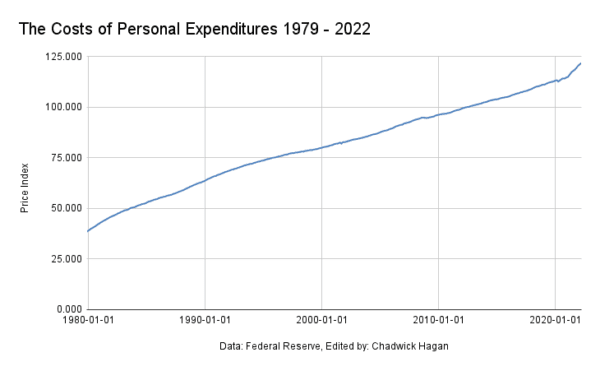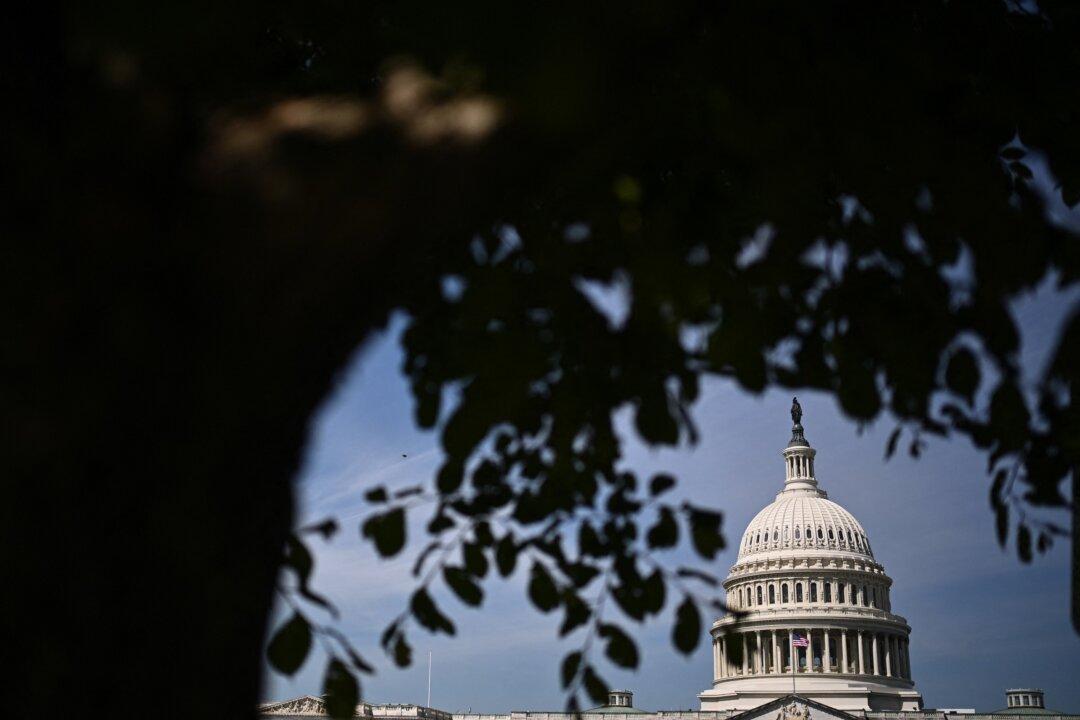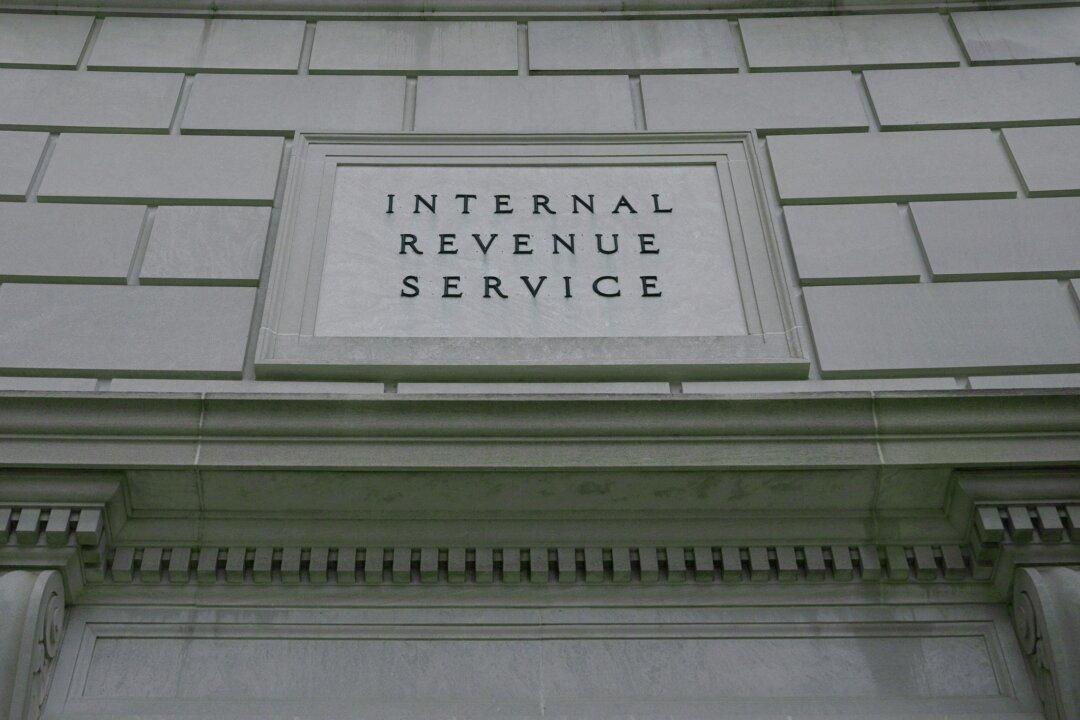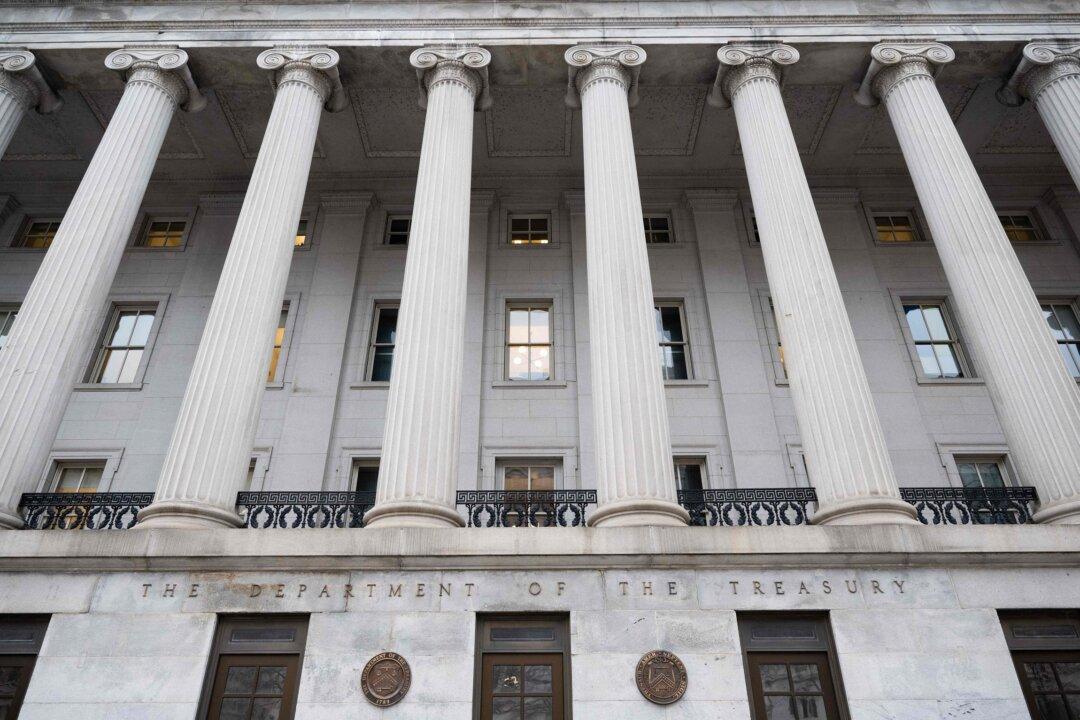Inflation hurts consumers—that’s obvious—but what about retired people? If you are on a fixed income and the price of consumer goods continues to rise, your purchasing power drops. If you are no longer working (or no longer able to work), how can you generate more income to compensate for the loss of purchasing power? Maybe you can wait inflation out, but what if inflation lasts for years and years? It is quite the conundrum.
If you live off investments, the first thing you can do is recalibrate your investment strategies. With inflation, the value of cash diminishes, and your investments stand the risk of not holding their value. While blue-chip equities often hold up well against inflation, it doesn’t help much when equities are crashing.
Over the past decade, we have had an extended period of low inflation, followed by low-interest rates. In fact, inflation was so low and money was so cheap investment fundamentals were often disregarded, and speculative investment took over. With speculation we had fundamentals separating from reality, and many asset classes began a meteoric rise. Pricing bubbles set in and countless investors and television broadcasters boasted of a “new economy.”
However, there is no remedy for bad investments. In other words, if you plowed your nest egg in Bitcoin when Bitcoin hit all-time highs, there is nothing you can do now that Bitcoin is crashing. While the same goes for NFTs, speculative real estate, and meme stocks, what about quality equities that were overpriced from the massive rise in tides bolstered by the various price bubbles? In many ways, the supposed “new economy” was really just a combination of asset bubbles.
Higher rates bring collateral damage. As far as mortgages go, there is a big chance raising rates damper the red hot housing market in the long term. Last week the 30-year fixed rate went from 5.55 percent to 6.28 percent. Not only does this halt construction, and the housing markets associated with industries, but it also halts real estate sales.
Additionally, “Among elderly social security beneficiaries, 37 percent of men and 42 percent of women receive 50 percent or more of their income from social security; among elderly social security beneficiaries, 12 percent of men and 15 percent of women rely on social security for 90 percent or more of their income.”
Add to that the glaring risk of recession and it is time for tightening of the proverbial belt. Roughly 50 percent of public company CEOs believe we will be in a recession in 2023.
Last week, Deutsche Bank Chief U.S. economist Matt Luzzetti wrote in a note: “More than two months ago we forecasted that the U.S. economy would tip into a recession by end-2023 … since that time, the Fed has undertaken a more aggressive hiking path, financial conditions have tightened sharply and economic data are beginning to show clear signs of slowing. In response to these developments, we now expect an earlier and somewhat more severe recession.”
Unfortunately, there is no clear end to the economic uncertainty that lies ahead. Ironically enough, what will drive us into recession is the slowdown of growth and investment due to inflation from the government’s record spending. The only way consumers and businesses can ride this out is by sitting on their wallets.







Friends Read Free